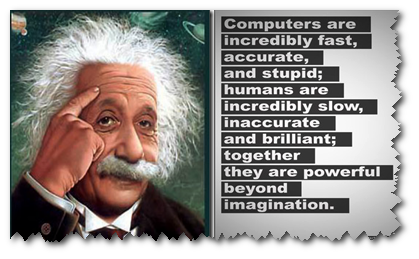Neil E. Jacobsen, "NMR Spectroscopy Explained: Simplified Theory, Applications and Examples for Organic Chemistry and Structural Biology"
Wiley-Interscience | 2007-08-24 | ISBN:0471730963 | 688 pages | PDF | 7,6 Mb
Wiley-Interscience | 2007-08-24 | ISBN:0471730963 | 688 pages | PDF | 7,6 Mb
NMR Spectroscopy Explained : Simplified Theory, Applications and Examples for Organic Chemistry and Structural Biology provides a fresh, practical guide to NMR for both students and practitioners, in a clearly written and non-mathematical format. It gives the reader an intermediate level theoretical basis for understanding laboratory applications, developing concepts gradually within the context of examples and useful experiments.
* Introduces students to modern NMR as applied to analysis of organic compounds.
* Presents material in a clear, conversational style that is appealing to students.
* Contains comprehensive coverage of how NMR experiments actually work.
* Combines basic ideas with practical implementation of the spectrometer.
* Provides an intermediate level theoretical basis for understanding laboratory experiments.
* Develops concepts gradually within the context of examples and useful experiments.
* Introduces the product operator formalism after introducing the simpler (but limited) vector model.
DOWNLOAD LINK:
http://rapidshare.com/files/203053749/0471730963.rar




No comments:
Post a Comment